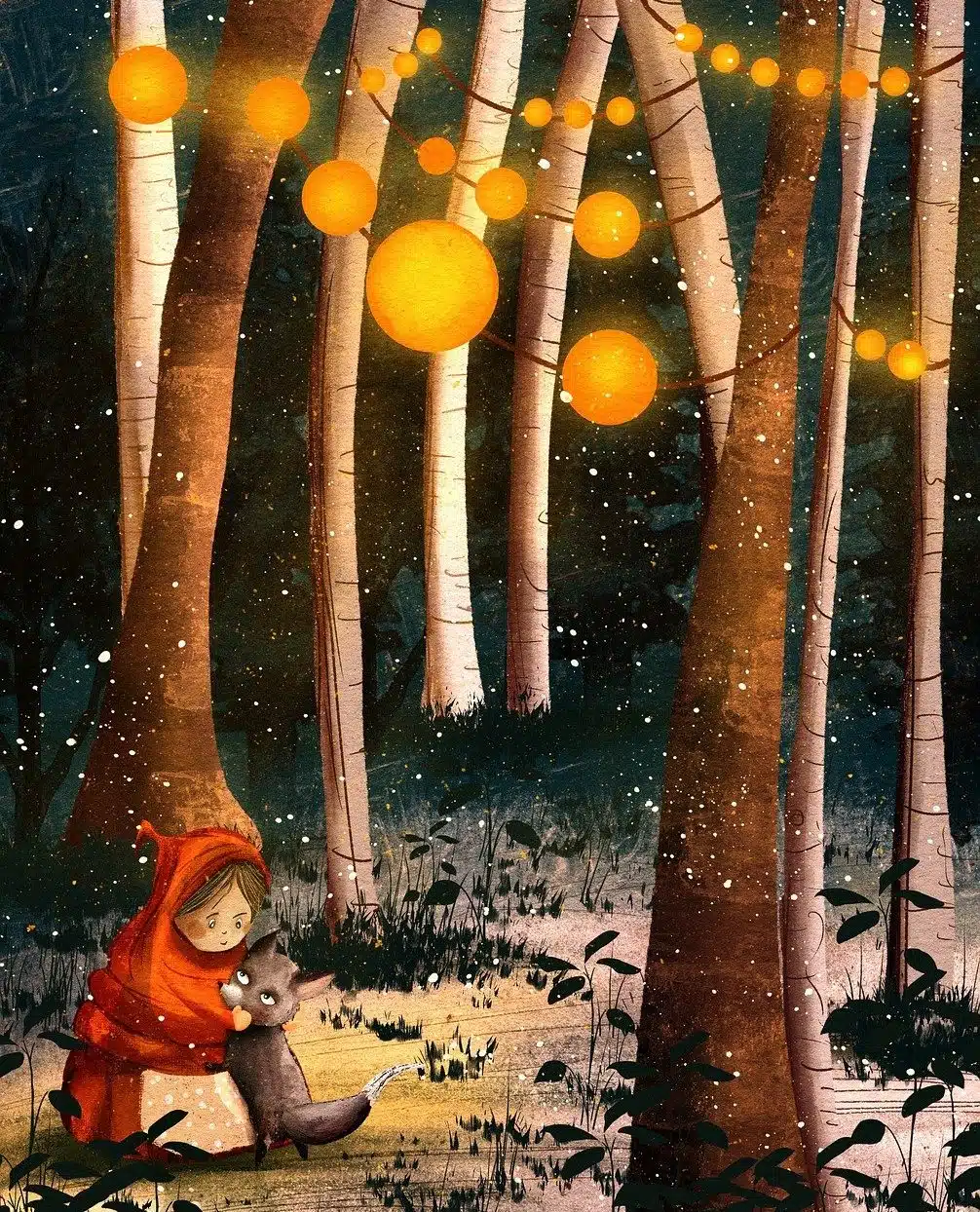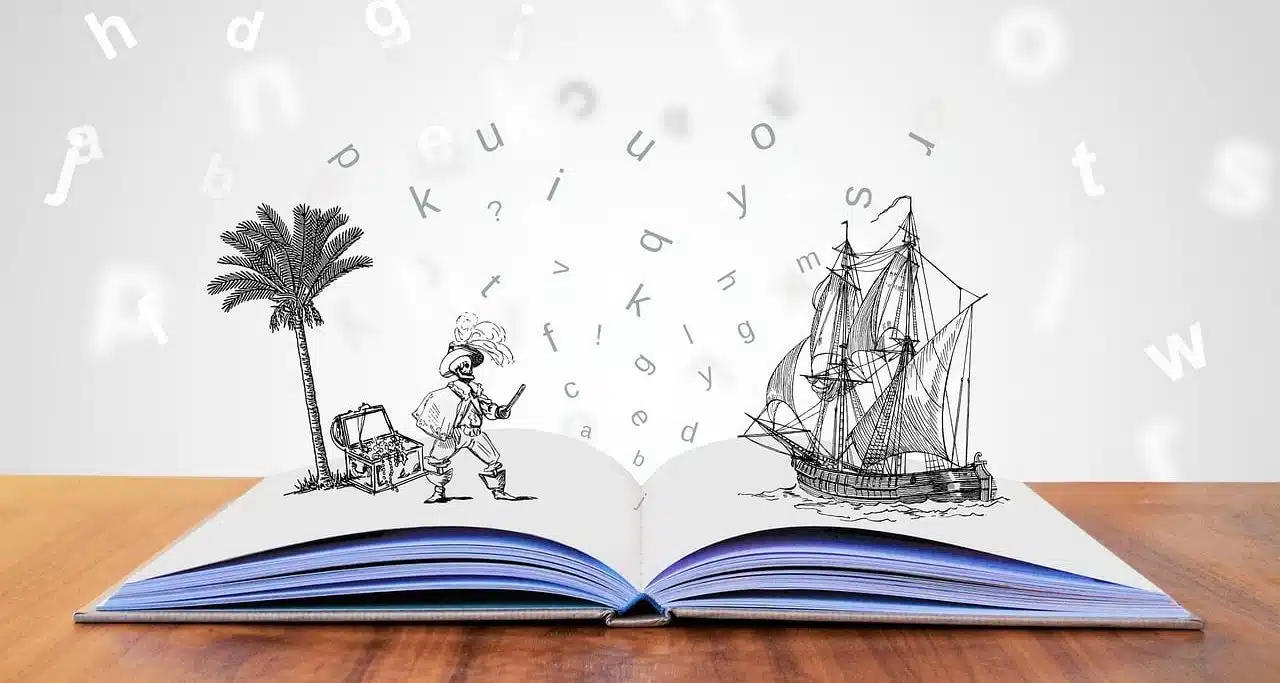
A narrative text can be a short story.
A narrative text is one that includes the story of events that take place in a place over a certain period of time . This story includes the participation of various characters, who may be real or imaginary.
It should be noted that the coherent set of statements that forms a unit of meaning and that has a communicative intention is known as a text . The act of narrating, on the other hand, refers to telling or telling a story , both true and fictitious.
A narrative is made up of a succession of events. In the case of literary narration, it inevitably configures a fictional world, regardless of whether the narrated events are based on reality. This happens since the author cannot refrain from including elements of his own invention in the plot or from qualifying what happened on the level of reality.
Characteristics of a narrative text
At a general level, the structure of the narrative text is made up of a beginning or introduction (which allows the initial situation of the text to be stated), a middle or development (where the main theme of the text arises) and a resolution or denouement (the space where the resolves the knot conflict).
In addition to the above, we would have to highlight the existence of two types of structures. On the one hand, there would be the external one , which is responsible for organizing the story through chapters, sequences... On the other hand, we would come across the internal one , which revolves around the order of the events that take place.
This means, therefore, that the structure can be linear or chronological ; in flashback (retrospection) , going back to the past; in medias res , starting in the middle of the story; or also in flashforward (prospecting) , anticipating issues of the future.

Narrative texts can opt for realism or turn to fantasy.
The narrator and the characters
No less important when analyzing a narrative text is to make it clear that the figure of the narrator is fundamental, who is the one who tells the story itself to the reader . The narrator can appear in the first person, second person, or third person, also called omniscient .
In addition to everything stated above, it must be emphasized that in every narrative text there are two types of characters : the main ones and the secondary ones . Both can express themselves in the story in a direct style, reproducing their words verbatim in dialogues, or indirectly. But it is also true that they can do this same manifestation through monologues or even in a free indirect way.
In this framework, a distinction can also be made between the protagonist and the antagonist . The protagonist is the character who drives the actions, while the antagonist opposes him.
Other essential elements that appear in the narrative text are space (the environment or setting where the story takes place) and time . The latter is of two types: external , is the time in which the narrative is set, and internal , the period of days, months or years that the events last.

The action in a narrative text is developed by the characters.
Types of narrative text
Within the narrative text, in turn, we can distinguish between internal elements (the narrator, space, time) and external elements (such as chapters, sequences and the different fragments that can make up the whole of the work).
Among the different types of narrative texts, in this framework, we can mention the story (the short fictional story), the novel (which has greater complexity and length than the story) and the chronicle (which relates real events).
The legend , the myth , the anecdote , the fable and the parable are also framed in the narrative.
Genres and subgenres
Narrative texts can be developed according to the characteristics and parameters of various literary genres and subgenres .
A very popular literary genre in narrative is horror . The plots of these stories revolve around issues that provoke fear or are dark. One subgenre of horror, for example, is psychological horror .
Science fiction , romance , adventure , and mystery are other genres that may appear in a narrative text. Each one has its particularities and tones, although the limits are sometimes blurred.
Examples of narrative text
Let's look at an example of a narrative text: «John got up that morning ready to do justice. He had had several sleepless nights due to the anger generated by his boss, who was always ready to belittle him. That's why that day, even before he started drinking the black coffee that served as fuel, he already knew what he would do. After breakfast, he got into his car and quickly headed to the office..."
As you can see, it is a narrative text: various events are narrated in a chronology . Of course, this narrative text lacks its ending.
If we think of examples of famous narrative texts, we can mention stories such as "The Canterverille Ghost" by Oscar Wilde and "The Tell-Tale Heart" by Edgar Allan Poe or novels such as "Don Quixote of La Mancha" by Miguel de Cervantes and "Ulysses." by James Joyce , among many others.
